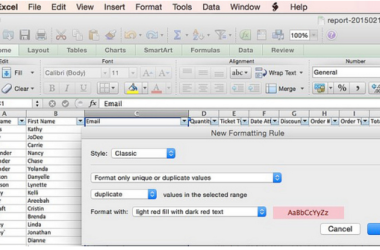Table of Contents Show
One of the reasons we rely so much on computers in the workplace is because of the sheer efficiency of them. Yet, as they open the doors to deeper data and more processes, it’s easy to forget that. We use them more to work harder and less to work smarter. It’s time to reverse. We’re going to look at the ways that your computer can be the tool you use to get more productive than ever.
Automatic accounting
Are your relying on a rather extensive system of Excel sheets to track all the finances of the business? That can be a great way to get in-depth and learn all the ins and outs of where your business money is going, but it’s not a timely way to deal with those records in the long run. Instead, consider accounting software that helps you automate a lot of the adding and subtracting, as well as the vital record keeping.
Electronic employment
Your money isn’t the only resource at the disposal of your business. You can’t forget about your human capital, especially since tracking them can be just as hard. If you’re using a ream of paper to track the details of employment you need, then it’s time to make it a bit more manageable. Many outsourced HR services not only offer expertise but the online tools that make it a lot easier to secure, store and manage all the records you need.
Metric-based marketing
Marketing online properly is something that requires a more emotional connection as well as a technical understanding. But the right tech tools can even make it easier to find the ways of making that emotional connection a lot easier. Make sure you’re tracking the metrics of your social media posts, marketing campaigns, and even where you’re getting the most visits on your site. This can help you get a better look at where the values of your customers are focused and what topics are best to hit on in your next big marketing push.
Digital delegation
The productivity of the team as a whole is as important as your own. Proper communication is essential to getting that right. Instead of just using whatever channel is available, start structuring how communication in your business works. For instance, you can use digital note systems for sending requests instead of further overloading someone’s email inbox with more content to sift through.
Technological time management
After the communication comes the time management. This is how the individual measures what work they’re doing first and how long they’re taking to do it. Simple to-do list software can help them do more than see what they need to do. They can use it to prioritise different tasks and sort them into batches. For instance, if any work needs to be done in Excel, it can group those tasks together so people have to jump from software to software less often.
Of course, the tools mentioned above are some of the broadest options, those that can help just about any business. But there are going to be plenty of tools out there for the specifics of your industry, too. Take the time to look over the business processes and whether you’re missing the tools that could make them a lot easier.









